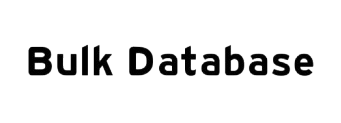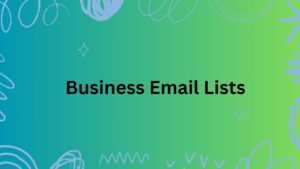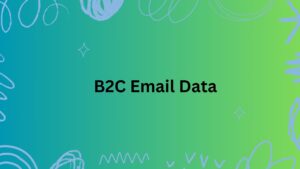The Importance of Email List Hygiene
Having a clean email list plays a very crucial role in email marketing. It improves deliverability and increases the rate of engagement, which keeps your emails from going into spam folders. Regular cleaning will also help you to identify and remove inactive or invalid subscribers, saving your time and resources.
5 Signs That Your Email List Needs Cleaning
Following are some of the signs indicating that it is time for cleaning up your email list:
High bounce rate: If your emails are commonly Canada Construction Industry Email List bouncing, this means that a lot of your addresses within the list aren’t valid. Therefore, having high bounce rates means that the addresses on your list must be cleaned.
Low open and click-through rates: If your emails are not being opened or clicked through, that is either because engagement is very low or because a list full of active subscribers isn’t being utilized.
Spam complaints:
If you get complaints of spam, that means there are addresses on your list who do not want to see your content anymore. How Often Should You Clean Your List? The most consistent frequency of cleaning an email list is as followed, where: List size: Larger lists may need cleaning more often. List source: Lists obtained from third-party sources could require more frequent cleaning due to possible inaccuracies.
Engagement rates:
If your list is highly engaged, then you may not have to clean it as often.
On average, you should clean your email list at least once a quarter. You may need to clean more frequently if any of the signs above are noticed.
How to Clean Your Email List
Manual Cleaning: This involves manual reviewing of your list for invalid or inactive addresses and removing them. It can be very time-consuming but may work for small lists.
Email Verification Services: These services allow you to recognize invalid email addresses and further remove them from your list.
Hard Bounce Removal:
Hard bounces inform you that the email Germany Email Address address is permanently invalid. You need to delete those addresses from your list as soon as possible.
Engagement-based cleaning: This includes removing those subscribers who have not opened or clicked your email for some time.
Best Practices to Clean an Email List
Use a specific email marketing platform since most of them have already included email list cleaning and maintenance features in them.
Segment your list: Segmentation based on different interests or demographics can further give a clear vision so as to determine which subscribers to remove from inactivity.
Provide an unsubscribe link:
Also, let the subscribers know that it is easy to get off your list. This will help to also clean and engage your list.
Cleaning your email list regularly will ensure that your email marketing campaigns are more effective and that results are also achieved.




